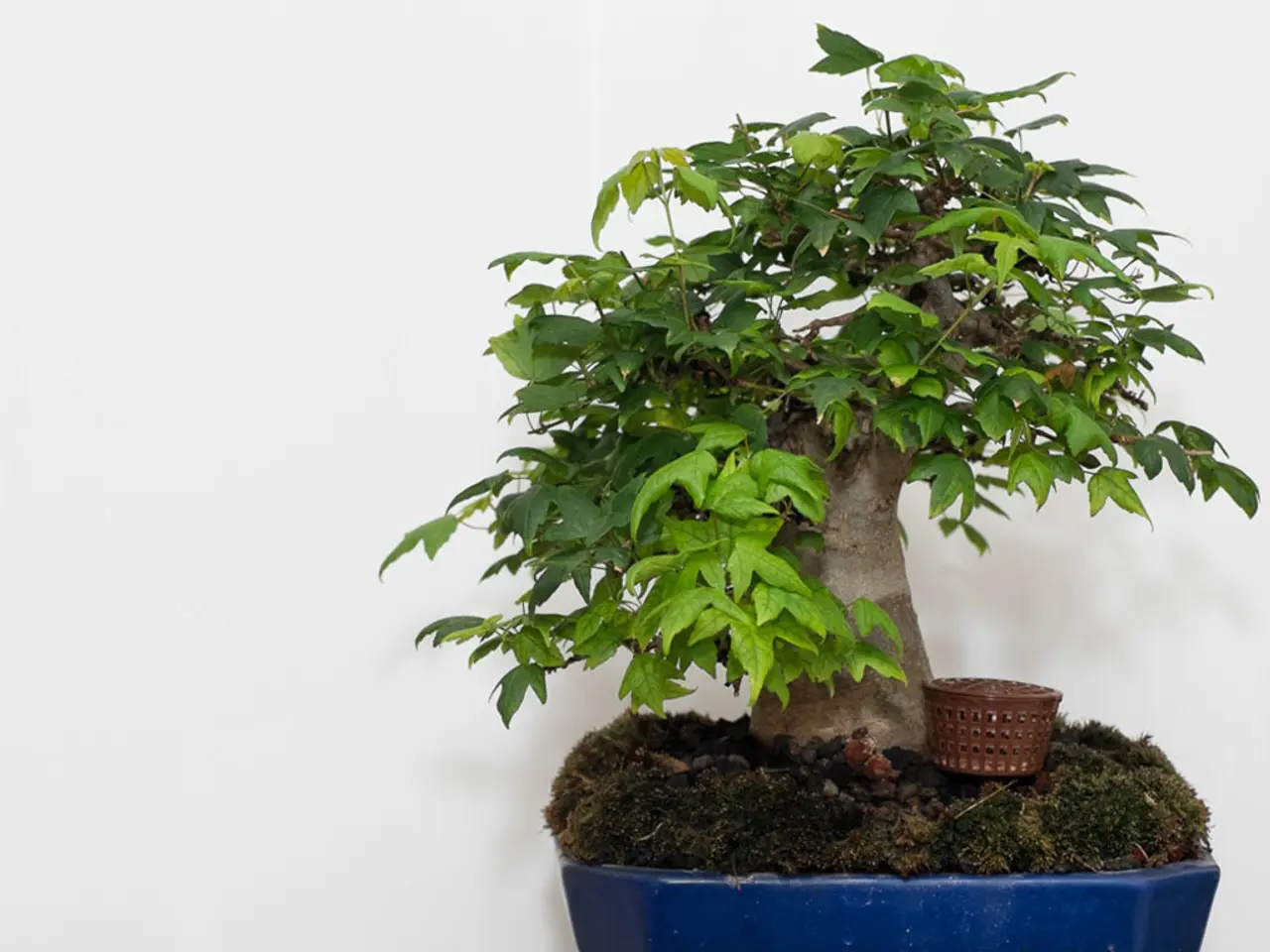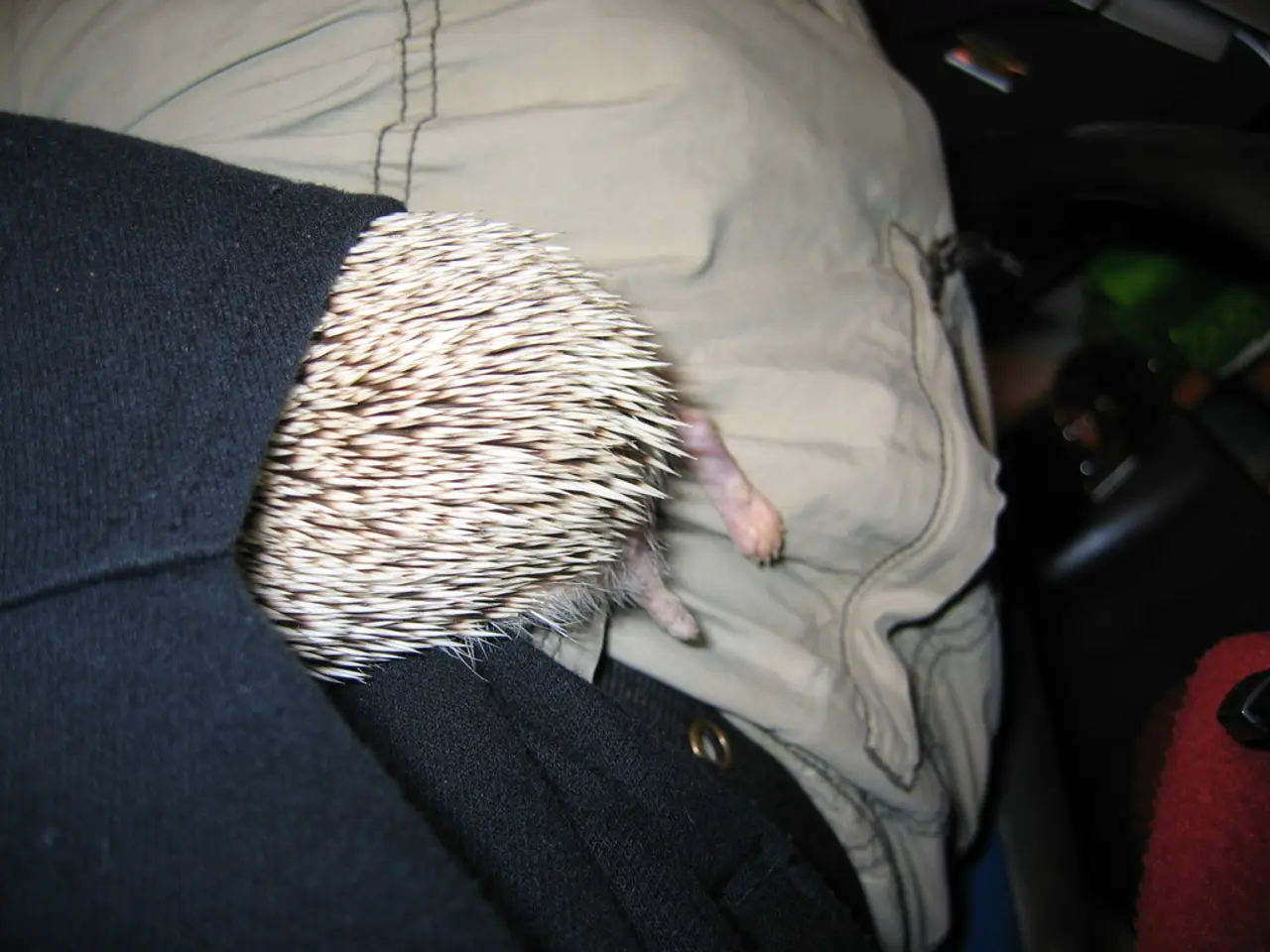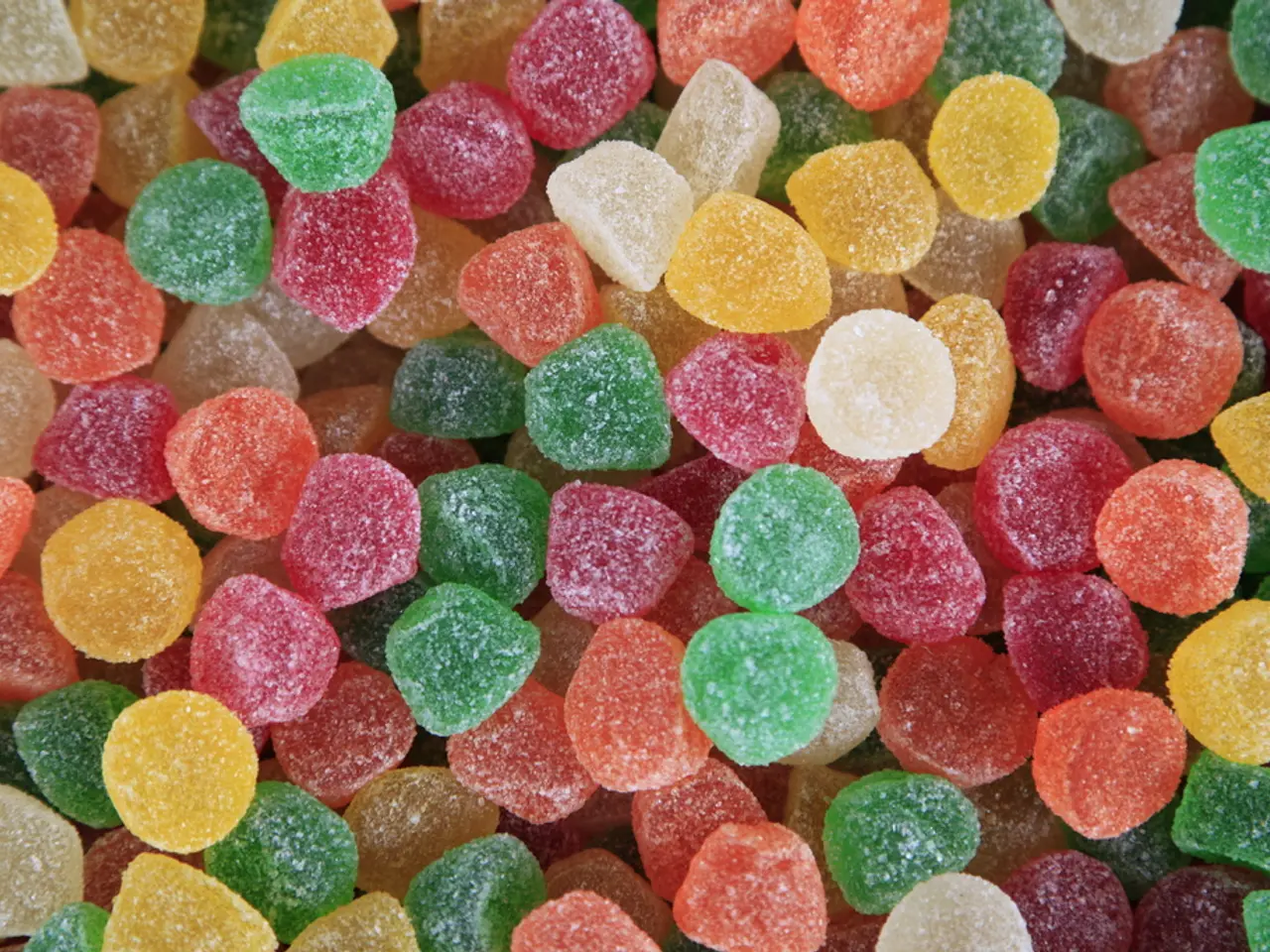Repurposing Bonsai Tree: Frequently Asked Questions and Startup Blueprint
**Caring for Your Bonsai: A Guide to Choosing the Perfect Soil**
Repotting a bonsai tree is an essential part of maintaining its health and promoting growth. This process allows you to replenish essential nutrients and prevent root binding, ensuring your tree thrives. When choosing the right soil for repotting, it's crucial to consider factors such as drainage, water retention, structure, and airflow.
The soil must drain water efficiently to prevent root rot, and overly dense or compacted soil should be avoided. While draining well, the soil should also be able to hold some moisture to sustain the tree between waterings. Quality bonsai soil mixes maintain their structure over time, avoiding mixes that break down quickly and become clumpy or muddy, which restricts airflow to the roots. Roots require oxygen, and loose, granular soils with particles like Akadama, pumice, and lava rock help maintain good airflow around the roots.
Specialty bonsai soil is often a mix of volcanic rock, pumice stone, gravel, and/or Akadama. Some species, such as pines or deciduous trees, may require slightly different soil mixes. For example, special mixes are available for pines and deciduous bonsai, often with more finely chopped bark or moss for specific moisture and root requirements.
Here's a breakdown of the recommended soil components:
| Component | Purpose | |-------------|--------------------------------------------| | Akadama | Retains water, provides structure | | Pumice | Improves drainage, adds porosity | | Lava Rock | Enhances drainage, supports root health | | Pine Bark | Organic matter, helps retain moisture | | Sphagnum Moss | Increases moisture retention (optional) |
For most indoor bonsai, a mix of Akadama, pumice, and lava rock is ideal. Up to 40% organic matter (like pine bark) is suitable for some species, such as the ginseng ficus, but drainage should remain the priority.
When repotting, it's essential to maintain a radial shape for the roots and remove no more than 25% of the existing root system. Repotting a bonsai tree during summer or fall is possible, but not ideal and should be avoided in winter.
In conclusion, by focusing on drainage, water retention, and root aeration, your bonsai soil selection will promote a healthy and thriving tree. Don't stress over exact ingredients; if specialty components are unavailable, use a good-quality bonsai soil or even a cactus mix as a beginner alternative—just ensure it drains well. Repotting frequency should be every few years or when the soil begins to lose structure and becomes compacted. Sifting the soil before use removes dust and fine particles, which can block drainage. For a ginseng ficus bonsai, a mix of 60% aggregate (like Akadama, pumice, or lava rock) and 40% organic matter (such as pine bark) is recommended.
When selecting a bonsai soil for repotting, it's important to choose a mix that provides good drainage while holding enough moisture, such as a mix of Akadama, pumice, and lava rock. Additionally, maintain a balanced home-and-garden lifestyle by tending to not only your bonsai tree's soil resources but also its overall lifestyle requirements, like proper sunlight and care during repotting.




